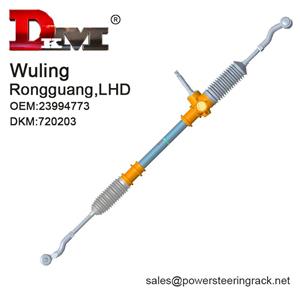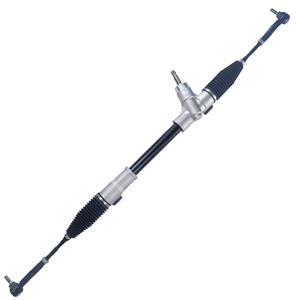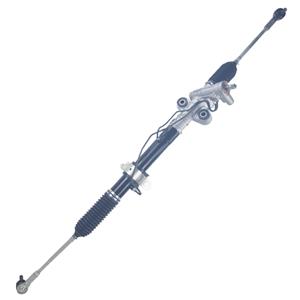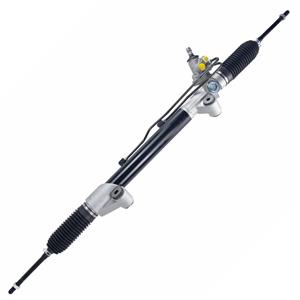-
As the world's first internal combustion engine car, the steering design of the Benz patented car was very simple. Since the Benz patented car was a three-wheeled vehicle, it did not have the complex steering system we know today.
-
Abnormal The driver will feel that the steering wheel becomes unusually heavy, especially at low speeds or when parking. This situation not only makes driving more difficult, but also increases the danger of driving, especially in emergency situations.
-
Hydraulic power steering system is one of the earliest technologies to replace traditional rack and pinion steering systems. The system greatly reduces the force required by the driver to turn the steering wheel through the pressure provided by the hydraulic pump, thereby improving the comfort of control.
-
0304-2025
What power steering system does BMW use?
Hydraulic power steering is a technology that BMW has traditionally adopted on a large scale. This system generates hydraulic pressure through a hydraulic pump driven by the engine belt, which then delivers hydraulic oil to the steering rack and pinion system through an oil pipe.
-
Hydraulic steering systems require a higher maintenance frequency, so the failure rate may be higher if they are used for a long time or are not properly maintained. Electric steering systems rely on electronic components, which have a lower failure rate, but are more difficult and costly to repair.
-
The hydraulic fluid used in hydraulic power steering systems must have specific properties to ensure smooth operation and long life of the system. Hydraulic fluids are mainly divided into the following types: 1. Mineral Oil 2. Synthetic Hydraulic Fluid 3. Semi-Synthetic Hydraulic Fluid 4. Specialty Hydraulic Fluids
-
Electric power steering system (EPS) is one of the most commonly used steering system types in the world. Unlike traditional hydraulic power steering system, electric power steering system directly provides steering assistance through electric motor.
-
Mercedes-Benz uses EPS in many of its models, especially in more economical car series such as the A-Class and B-Class, where electric power steering is more commonly used. At the same time, high-end models such as the E-Class and S-Class are gradually transitioning to EPS to improve fuel efficiency and reduce maintenance costs.
-
General Motors has used hydraulic power steering technology on many classic models, such as Chevrolet, Cadillac and other brands, but General Motors has gradually applied electric power steering technology to many of its models since around 2010.
-
The electric power steering system has: Electrical failure Motor failure Electronic control unit (ECU) failure Sensor failure Mechanical failure Environmental factors Improper maintenance




